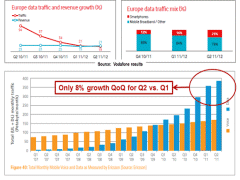
Beating the crash: What’s coming?
There are troubling signals in the business environment. Consumer confidence is at an all-time low due to inflation, conflict, Covid and climate change. What are the consequences for telecoms, and what should telcos, vendors, policymakers and others in the ecosystem do?
In the first of two reports we examine the macro forces and outline three key steps to reshape priorities and the strategy agenda.








